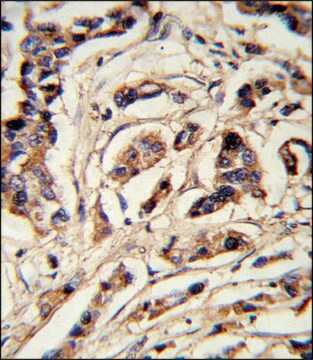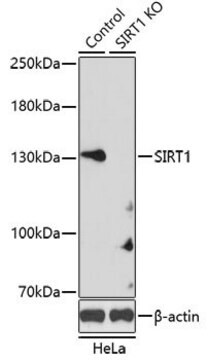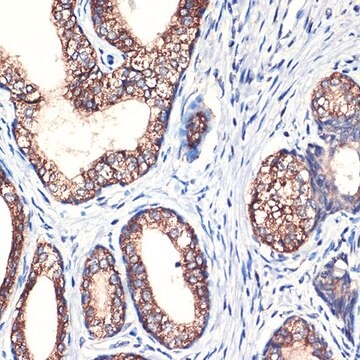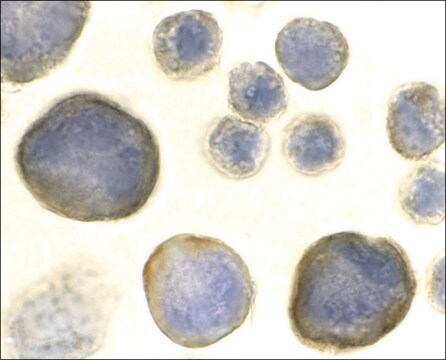Key Documents
SML2306
CTEP
≥98% (HPLC)
Synonim(y):
2-Chloro-4-((2,5-dimethyl-1-(4-(trifluoromethoxy)phenyl)-1H-imidazol-4-yl)ethynyl)pyridine, 2-Chloro-4-[2-[2,5-dimethyl-1-[4-(trifluoromethoxy)phenyl]-1H-imidazol-4-yl]ethynyl]pyridine, RO4956371
About This Item
Polecane produkty
Próba
≥98% (HPLC)
Postać
powder
kolor
white to beige
rozpuszczalność
DMSO: 2 mg/mL, clear
temp. przechowywania
2-8°C
ciąg SMILES
CC1=C(C#CC2=CC(Cl)=NC=C2)N=C(C)N1C3=CC=C(OC(F)(F)F)C=C3
InChI
1S/C19H13ClF3N3O/c1-12-17(8-3-14-9-10-24-18(20)11-14)25-13(2)26(12)15-4-6-16(7-5-15)27-19(21,22)23/h4-7,9-11H,1-2H3
Klucz InChI
GOHCTCOGYKAJLZ-UHFFFAOYSA-N
Działania biochem./fizjol.
Kod klasy składowania
11 - Combustible Solids
Klasa zagrożenia wodnego (WGK)
WGK 3
Temperatura zapłonu (°F)
Not applicable
Temperatura zapłonu (°C)
Not applicable
Certyfikaty analizy (CoA)
Poszukaj Certyfikaty analizy (CoA), wpisując numer partii/serii produktów. Numery serii i partii można znaleźć na etykiecie produktu po słowach „seria” lub „partia”.
Masz już ten produkt?
Dokumenty związane z niedawno zakupionymi produktami zostały zamieszczone w Bibliotece dokumentów.
Nasz zespół naukowców ma doświadczenie we wszystkich obszarach badań, w tym w naukach przyrodniczych, materiałoznawstwie, syntezie chemicznej, chromatografii, analityce i wielu innych dziedzinach.
Skontaktuj się z zespołem ds. pomocy technicznej

![1-FLUORO-4-({4-[(4-FLUOROPHENYL)ETHYNYL]PHENYL}ETHYNYL)BENZENE AldrichCPR](/deepweb/assets/sigmaaldrich/product/structures/112/518/ab57450e-29f4-405f-92c7-12e12f020121/640/ab57450e-29f4-405f-92c7-12e12f020121.png)


![METHYL 4-[(4-PENTYLPHENYL)ETHYNYL]PHENYL ETHER AldrichCPR](/deepweb/assets/sigmaaldrich/product/structures/126/521/fc50dedc-a35f-4a9e-978b-0fc34115f916/640/fc50dedc-a35f-4a9e-978b-0fc34115f916.png)



